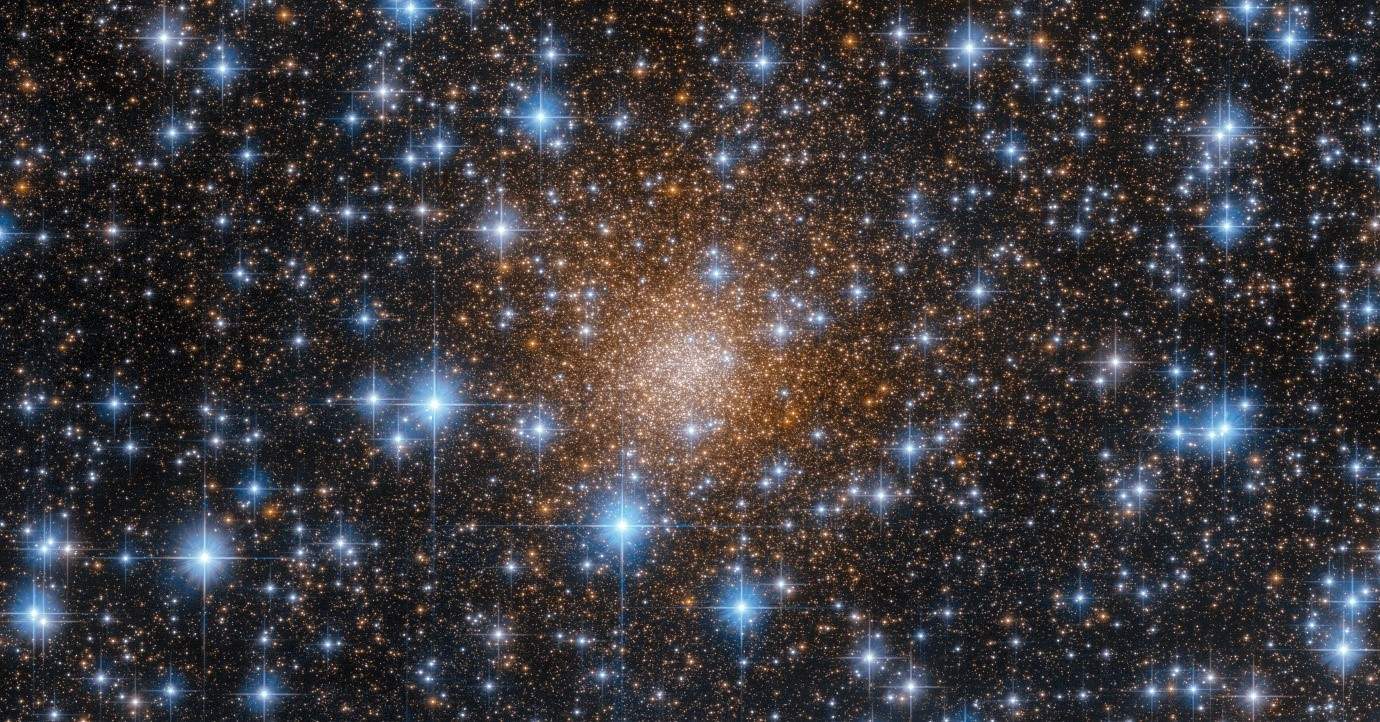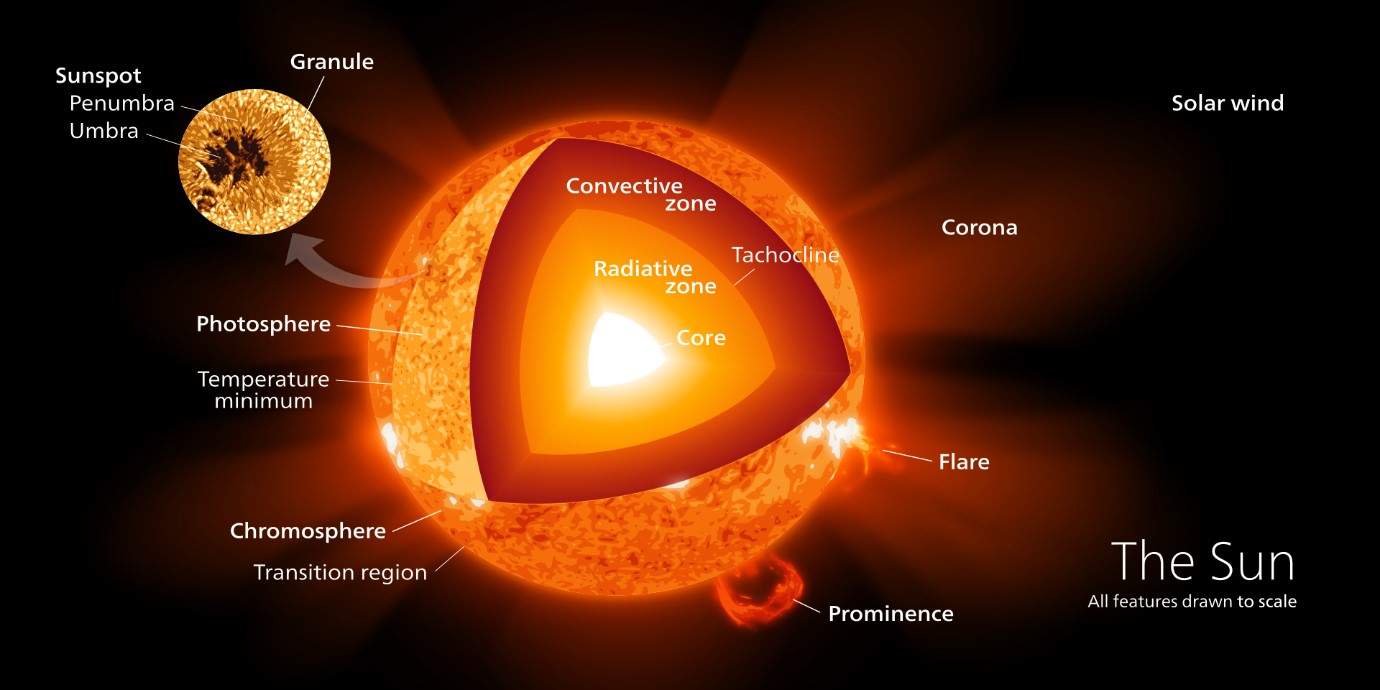STAR
A star is an astronomical object made up of a luminescent plasma spheroid that is held together by gravity. The Sun is the closest star to Earth. At night, many other stars are visible to the unaided eye, but due to their great distances from Earth, they seem as stationary points of light.

When light element atoms are compressed to a pressure great enough for nuclear fusion, a star is created. All stars are the consequence of an equilibrium of forces: gravity causes interstellar gas to collapse into stars by compressing atoms until fusion processes start. Large celestial bodies known as stars are primarily composed of hydrogen and helium and generate light and heat in their centres from churning nuclear forges.
HISTORY
The stars have historically held significance for all human civilizations. They have been a part of religious rituals and have been employed for astronomical navigation and orientation, season marking, and calendar definition. Early astronomers distinguished between “fixed stars,” whose location on the celestial sphere is unchanging, and “wandering stars,” or planets, which move visibly in relation to the fixed stars over the course of days or weeks. Calendars that might be used to control agricultural activities were made using the motion of the Sun in relation to the background stars (and the horizon). The Gregorian calendar, which is currently adopted almost universally, is a solar calendar based on the angular relationship between the Earth’s rotational axis and its nearest star, the Sun. Ancient Egyptian astronomy produced the first star chart that could be dated to 1534 BC. Using the parallax method, Friedrich Bessel performed the first direct measurement of the distance to a star (61 Cygni at 11.4 light-years) in 1838. The scientific study of stars made more rapid strides throughout the 20th century. The image evolved into a useful astronomical instrument. Karl Schwarzschild made the discovery that comparing the optical magnitude to the photographic magnitude may be used to estimate a star’s hue and, consequently, its temperature. The Hubble Space Telescope, the first optical telescope to be sent into space, gave the world the most comprehensive and in-depth view of the universe in visible light. The Cosmic Microwave Background Explorer (COBE) satellite of NASA was the first to observe microwave signals from space in 1992. Although they are occasionally used to examine stars, microwave emissions are typically utilised to investigate the beginnings of the early universe.
Star Classification
Stars were initially categorised from A to Q according to the strength of the hydrogen line, which gave rise to the current stellar classification scheme. Based on their spectra, stars are categorised using a single letter, ranging from type O, which are extremely hot, to type M, which are so cool that molecules can form in their atmospheres. The major divisions are O, B, A, F, G, K, and M, in decreasing order of surface temperature. Various uncommon spectral types are classified differently. The most prevalent of them are categories L and T, which categorise the brown dwarfs and low-mass stars that are the coolest. There are ten divisions within each letter, numbered from 0 to 9, in decreasing order of temperature. In addition, brightness effects in spectral lines that correlate to a star’s spatial extent and are governed by its surface gravity can be used to classify stars. These span the numbers 0 (hypergiants), III (giants), and V (main sequence dwarfs); some authors also include VII (white dwarfs).

Stars produce gaseous clouds before collapsing due to self-gravity. Internal pressure in the star’s core prevents the collapse. As hydrogen atoms fall, their potential energy is transformed into kinetic energy, which heats the core. Pressure increases with temperature to prevent the collapse.

Based on the properties of these zones, a star is divided into six regions. The territories have varying sizes and lack well defined boundaries. As an illustration, hot stars have smaller convective zones and bigger radiative zones. Cool stars exhibit the opposite.</p.
- Fusion core: the area where energy is produced.
- Radiation shell: Energy is transported through radiation flow
- Convection shell: Convection cells move energy in this area
- Photosphere: the surface, where features like starspots and stellar flares occur, where photons are emitted.
